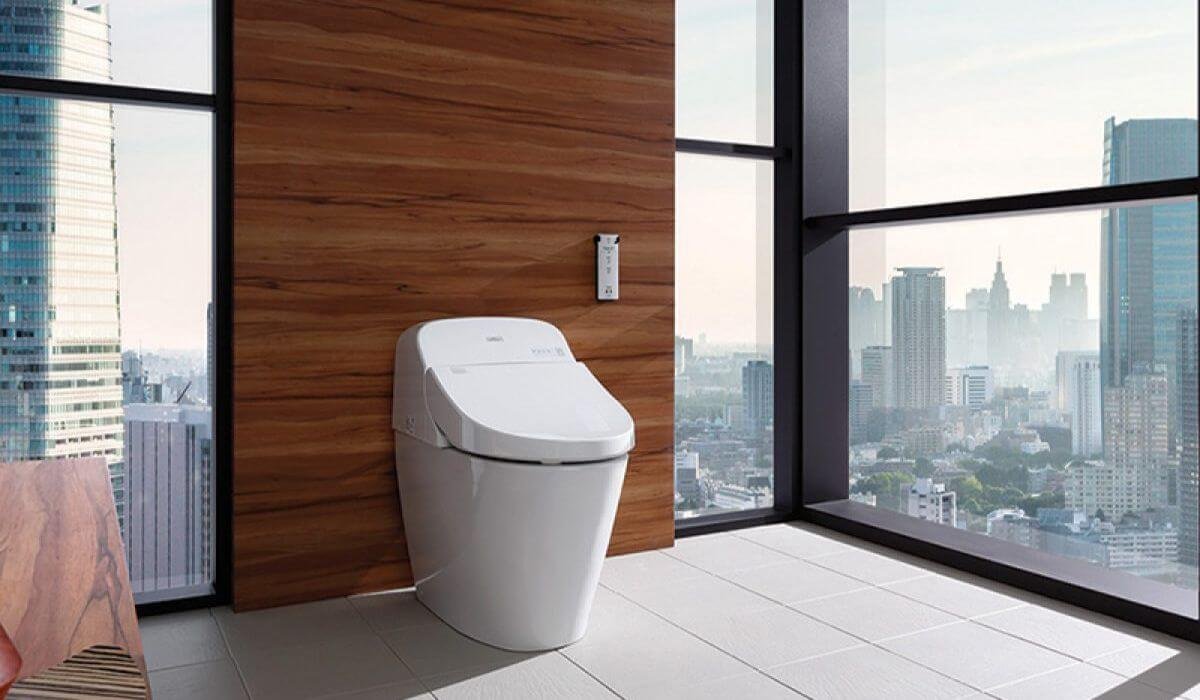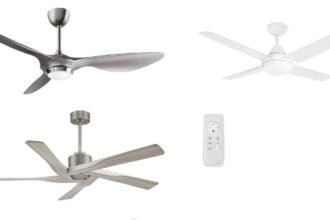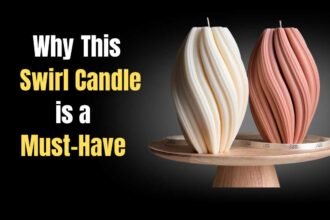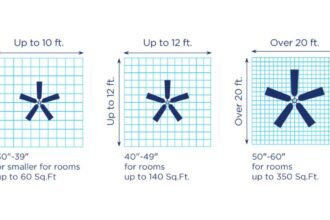When it comes to getting a good night’s sleep, your mattress plays a critical role. Comfort isn’t just a luxury—it’s essential for your physical and mental well-being.
If you’ve found yourself tossing and turning at night or waking up with aches and pains, it might be time to reconsider your mattress.
But with so many types of mattresses available, how do you know which one is best for comfort?
In this guide, we’ll break down the different types of mattresses, their benefits, and how to choose the best one based on your comfort needs.
1. Memory Foam Mattresses
Memory foam mattresses have been a popular choice in the U.S. for several years, thanks to their ability to mold to your body.
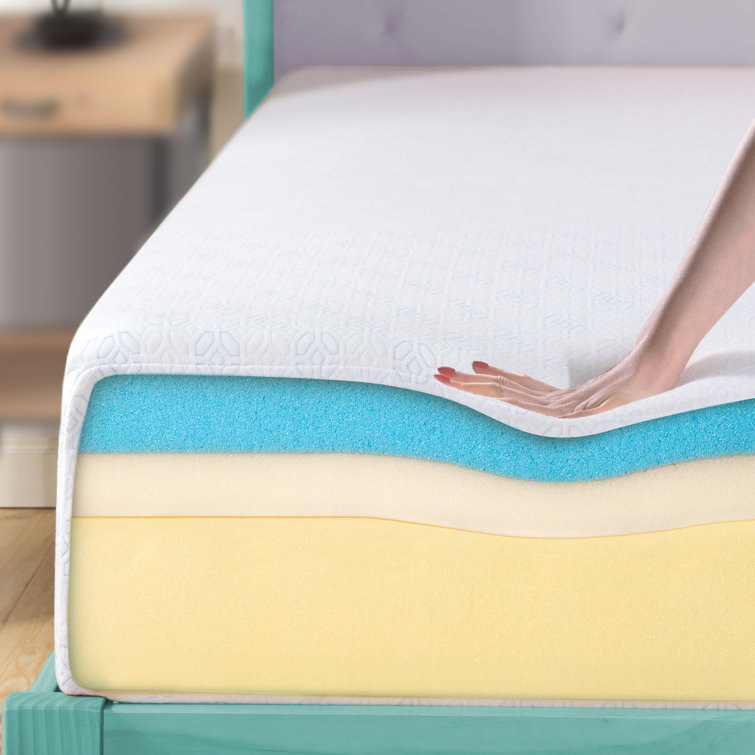
They offer a “hugging” sensation by contouring around your curves and providing even weight distribution.
This type of mattress is ideal for people who suffer from joint pain or pressure points since it cushions areas like the hips, shoulders, and lower back.
Pros:
- Excellent pressure relief for side sleepers.
- Reduces motion transfer, making it great for couples.
- Provides support for those with chronic pain or injuries.
Cons:
- Tends to retain heat, which can be uncomfortable for hot sleepers.
- Some people may feel “stuck” in the mattress due to the dense foam.
Best for: Side sleepers, people with joint pain, and those who need pressure relief.
2. Innerspring Mattresses
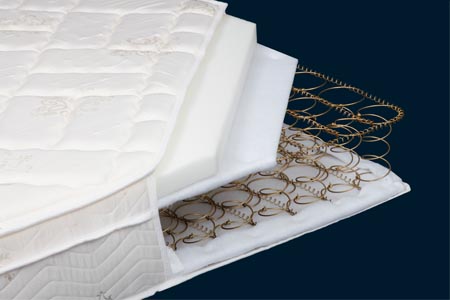
Innerspring mattresses are one of the most traditional options on the market, utilizing a coil support system to provide structure.
These mattresses are known for their bounce and breathability, making them a good choice for people who sleep hot or prefer a firmer feel.
Pros:
- Provides good airflow, keeping sleepers cool.
- Offers strong edge support, which is ideal if you sleep near the edge of the bed.
- Typically less expensive than other types of mattresses.
Cons:
- Can be noisy due to the springs.
- Over time, the coils may sag or lose support.
Best for: Stomach sleepers, back sleepers, and those who prefer a firmer, more traditional mattress feel.
3. Hybrid Mattresses

Hybrid mattresses combine the best of both worlds by blending innerspring coils with layers of memory foam or latex.
These mattresses offer the support and bounce of an innerspring mattress with the pressure relief and comfort of foam.
Many U.S. consumers are gravitating toward hybrids because they balance comfort, support, and durability.
Pros:
- Offers both pressure relief and support, making it versatile for all sleep positions.
- Typically has good breathability, especially if made with cooling foams or gel-infused layers.
- Reduces motion transfer while providing a slight bounce.
Cons:
- Can be heavier and harder to move due to the combination of materials.
- Often more expensive than traditional innerspring or memory foam mattresses.
Best for: All types of sleepers, particularly couples with different comfort preferences.
4. Latex Mattresses
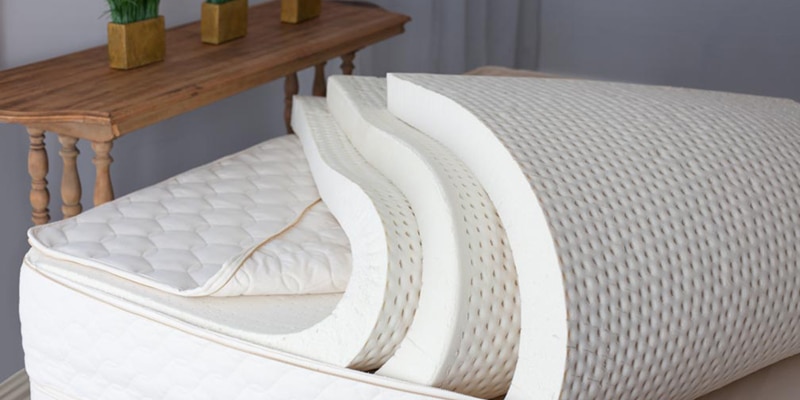
Latex mattresses are made from natural or synthetic rubber and offer a buoyant feel, unlike the sinking sensation of memory foam.
These mattresses are gaining popularity due to their eco-friendly materials and durability.
Latex is a great option for those who want a responsive, yet supportive sleeping surface that naturally stays cool.
Pros:
- Naturally hypoallergenic and resistant to dust mites and mold.
- Stays cool throughout the night due to its breathable structure.
- Extremely durable and can last longer than most other mattress types.
Cons:
- Heavier and more difficult to move.
- Can be expensive, especially if made from natural latex.
Best for: Eco-conscious consumers, back sleepers, and those who want a cooler, more responsive mattress.
5. Pillow-Top Mattresses
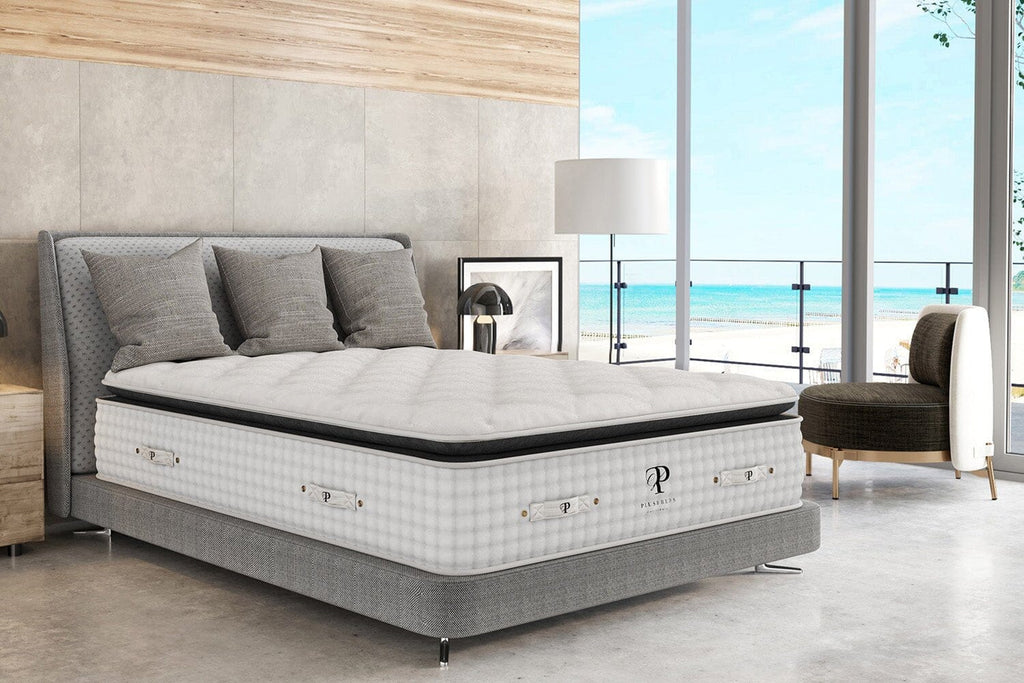
Pillow-top mattresses are a type of innerspring or hybrid mattress that features an additional layer of soft padding sewn into the top.
This extra layer can be made from materials like cotton, memory foam, or latex, and adds a plush feel to the mattress.
Pillow-tops are an excellent option for people who want the support of coils but also enjoy a softer surface.
Pros:
- Provides a plush, cushiony feel without sacrificing support.
- Great for pressure relief in areas like the hips and shoulders.
- Often more affordable than high-end memory foam or latex mattresses.
Cons:
- Over time, the pillow-top layer may compress or wear out, reducing comfort.
- May not provide sufficient support for heavier individuals.
Best for: Side sleepers, people who prefer a softer feel, and those looking for affordable luxury.
6. Adjustable Air Mattresses

Adjustable air mattresses, like those from the Sleep Number brand, allow you to customize the firmness by adjusting air levels in the mattress.
These are high-tech solutions that offer individual comfort settings for couples who have different firmness preferences.
Many models even come with features like sleep tracking and temperature control.
Pros:
- Customizable firmness for personalized comfort.
- Great for couples who have differing comfort needs.
- Many come with advanced features like temperature regulation and sleep tracking.
Cons:
- More expensive than other types of mattresses.
- Some people may find the air chambers uncomfortable or prone to malfunction over time.
Best for: Couples with different comfort preferences, people who want adjustable firmness, and those who like tech-enhanced sleep features.
7. Gel-Infused Memory Foam Mattresses

If you love the comfort of memory foam but find it too warm, gel-infused memory foam might be the solution.
These mattresses incorporate cooling gel particles into the foam to help dissipate heat. This makes them a popular option for hot sleepers who still want the contouring benefits of memory foam.
Pros:
- Offers the same contouring and pressure relief as traditional memory foam.
- Cooling properties help regulate temperature, making it a good choice for hot sleepers.
- Reduces motion transfer, which is great for couples.
Cons:
- Still may not be as breathable as hybrid or innerspring mattresses.
- Can be expensive compared to regular memory foam mattresses.
Best for: Hot sleepers, people who need pressure relief, and side sleepers.
Factors to Consider When Choosing the Most Comfortable Mattress
Now that you know the different types of mattresses, it’s important to consider factors that will impact your comfort:
1. Sleep Position
- Side Sleepers often need a softer mattress to relieve pressure on their hips and shoulders. Memory foam, latex, and pillow-top mattresses are good options.
- Back Sleepers generally benefit from medium-firm mattresses that provide support to the spine while offering some cushioning. Hybrid and latex mattresses work well for these sleepers.
- Stomach Sleepers require a firmer mattress to prevent their hips from sinking too deeply into the mattress. Innerspring and firmer hybrid mattresses are ideal for this position.
2. Body Weight
- Lightweight Sleepers (less than 130 lbs) often find softer mattresses more comfortable since they don’t sink deeply into the surface.
- Average-weight Sleepers (130-230 lbs) may prefer a medium-firm mattress that provides a balance of support and comfort.
- Heavier Sleepers (over 230 lbs) should look for firmer mattresses with strong support, such as latex or hybrid models, to avoid sagging and provide durability.
3. Temperature Regulation
If you tend to sleep hot, a mattress with cooling properties is a must. Look for mattresses with cooling gel, breathable foams, or hybrid designs that allow for better airflow.
4. Motion Isolation
For couples, motion isolation can be crucial. If one partner tends to toss and turn, memory foam and hybrid mattresses can minimize disruptions.
The Bottom Line: Which Mattress Is Best for Comfort?
The best mattress for comfort largely depends on your personal preferences, sleep position, and specific needs.
If you’re looking for something that cradles your body and relieves pressure, memory foam or gel-infused foam might be the best option.
If you prefer a mattress with more bounce and support, consider an innerspring or hybrid model. For eco-conscious shoppers, latex offers both comfort and sustainability.
Ultimately, the key to choosing the right mattress is understanding your body’s unique needs and preferences.
Consider trying out different options in-store or opting for a mattress with a generous trial period, so you can find the perfect match for a comfortable and restful night’s sleep.


